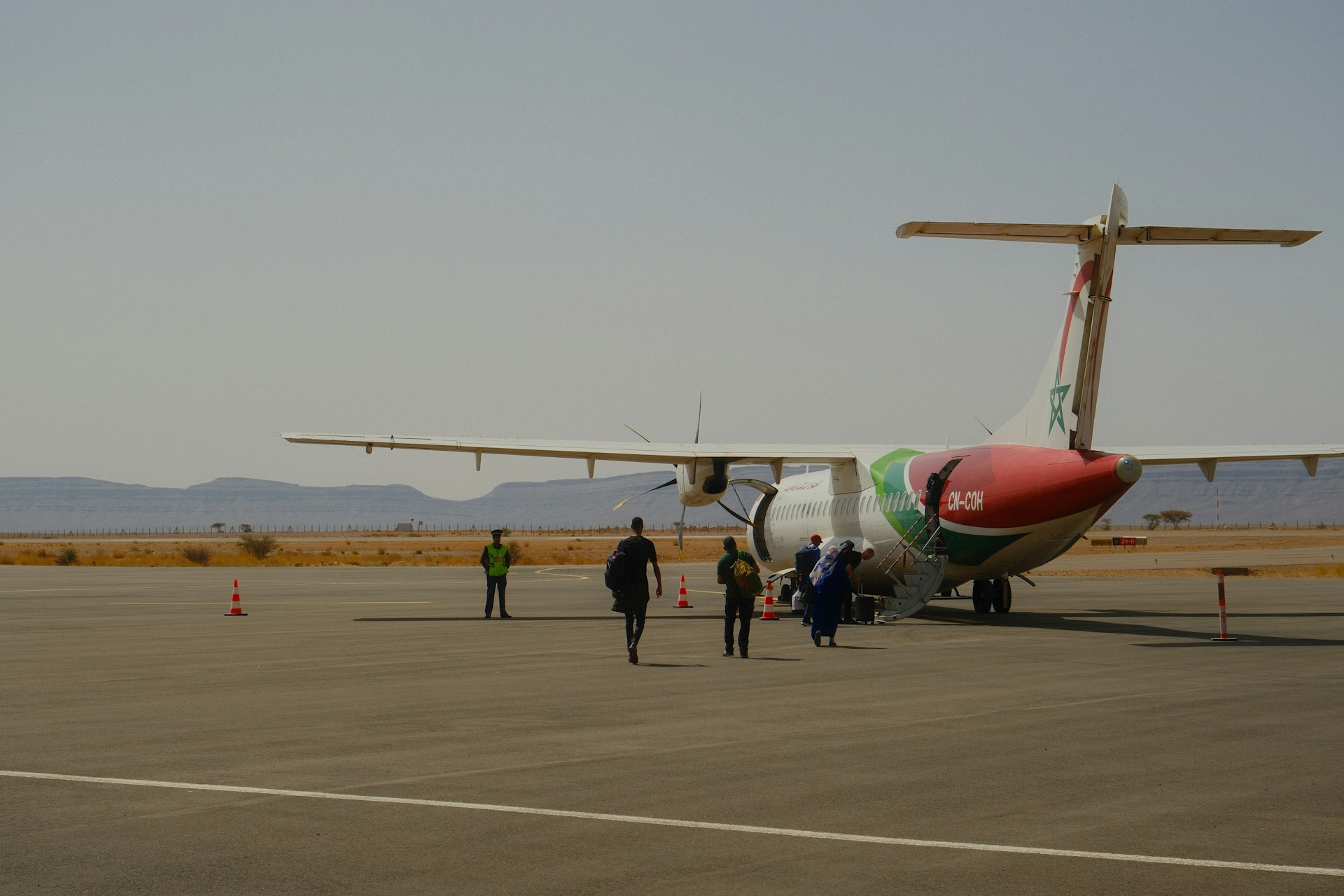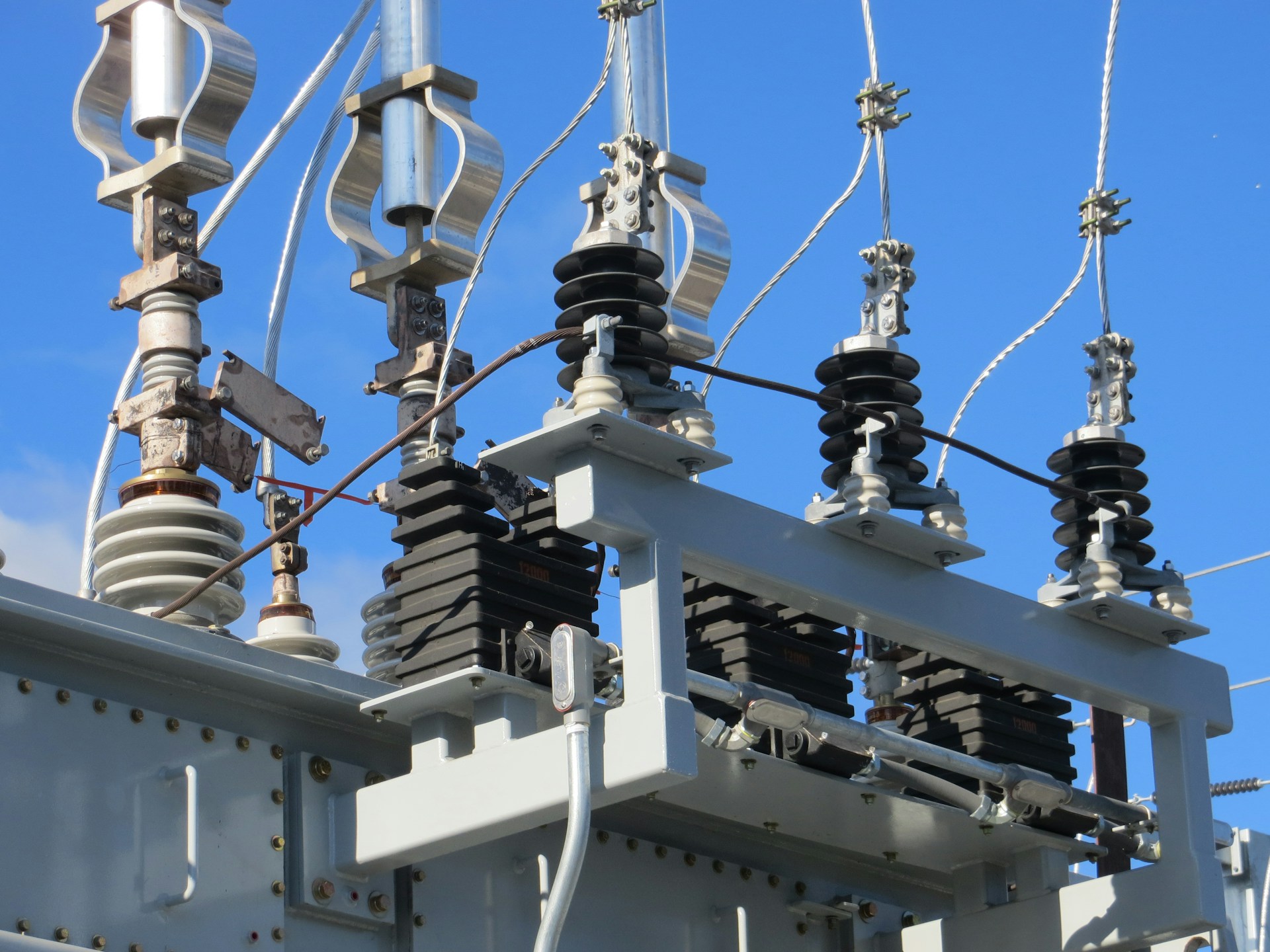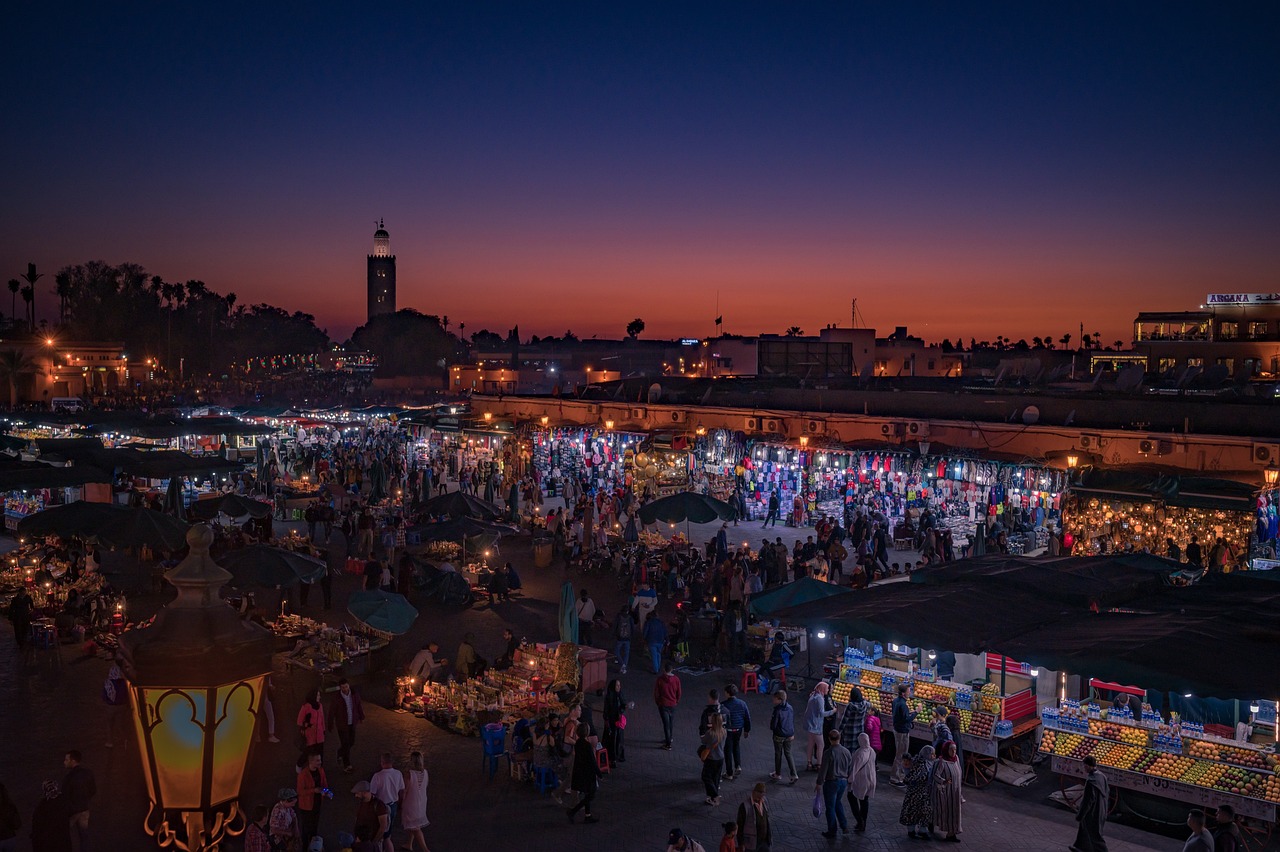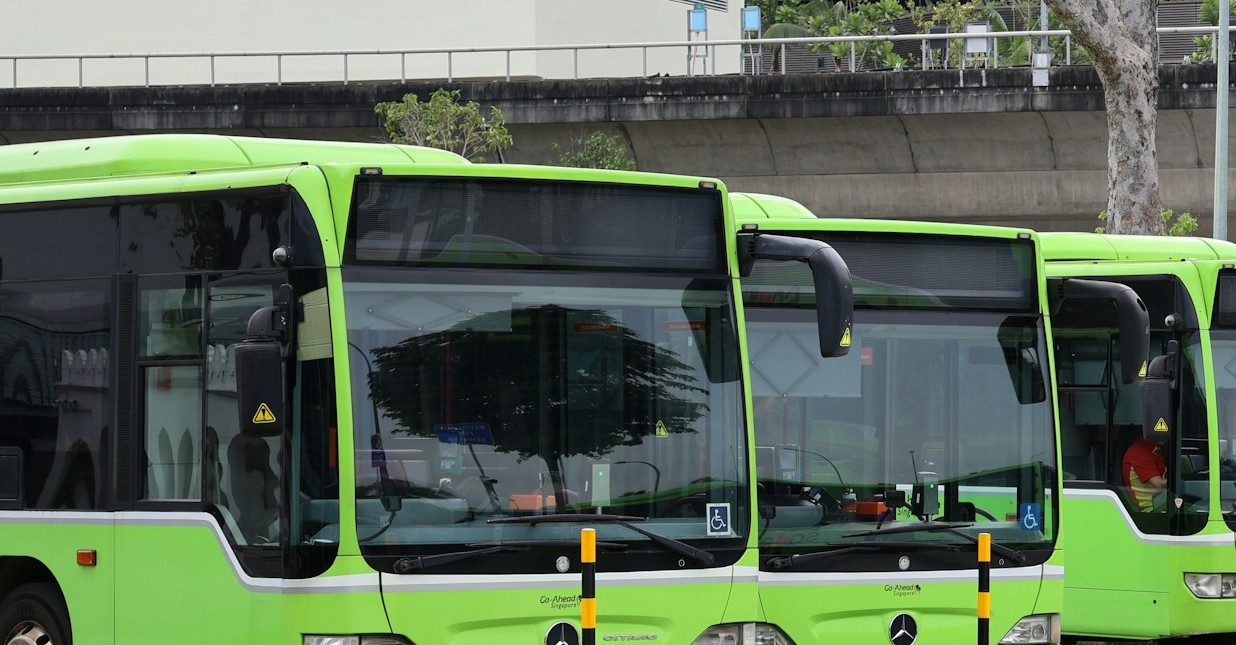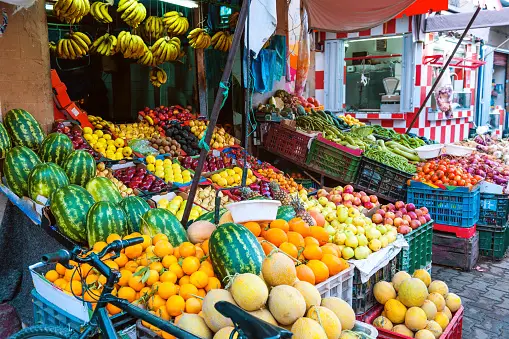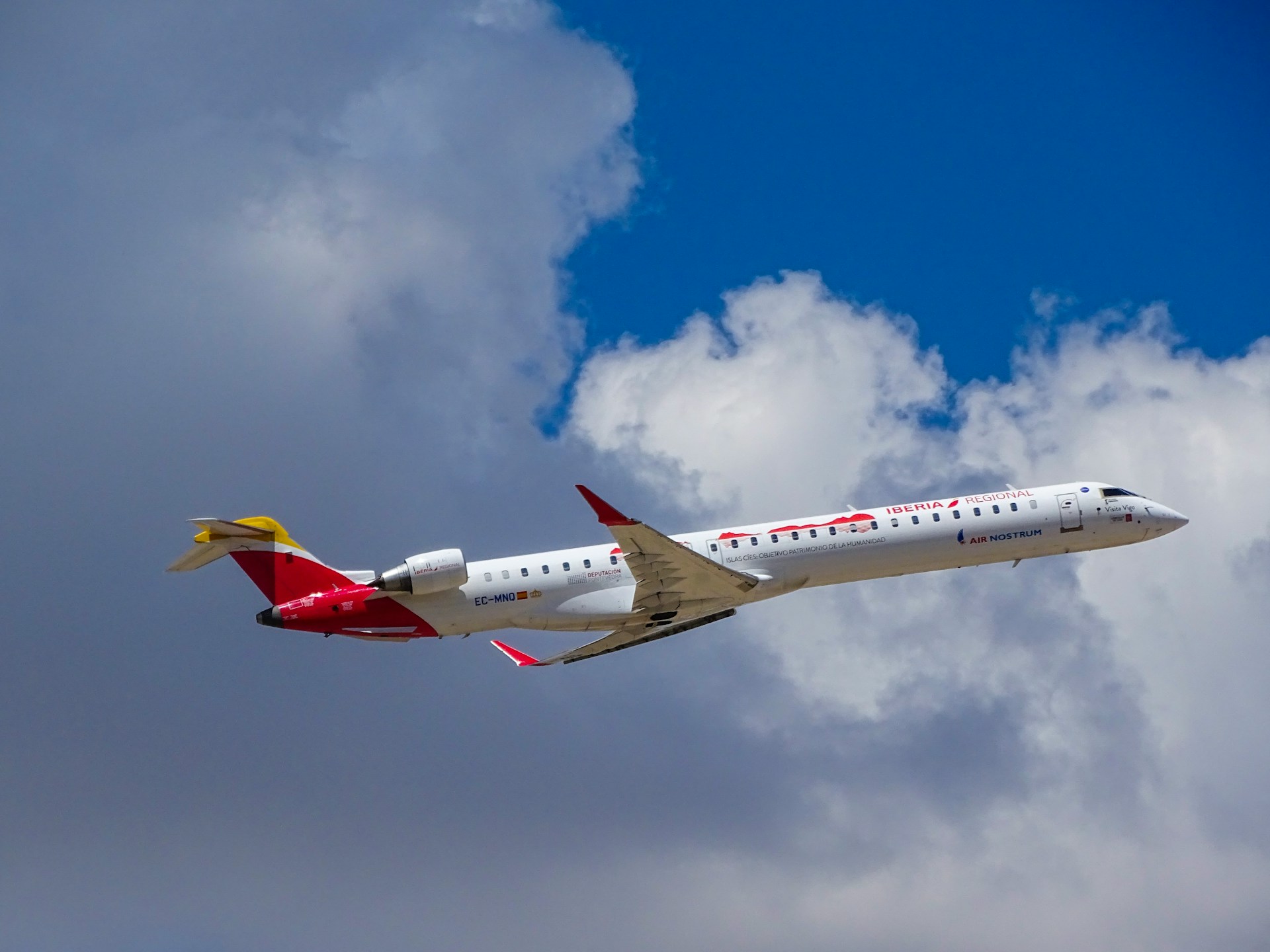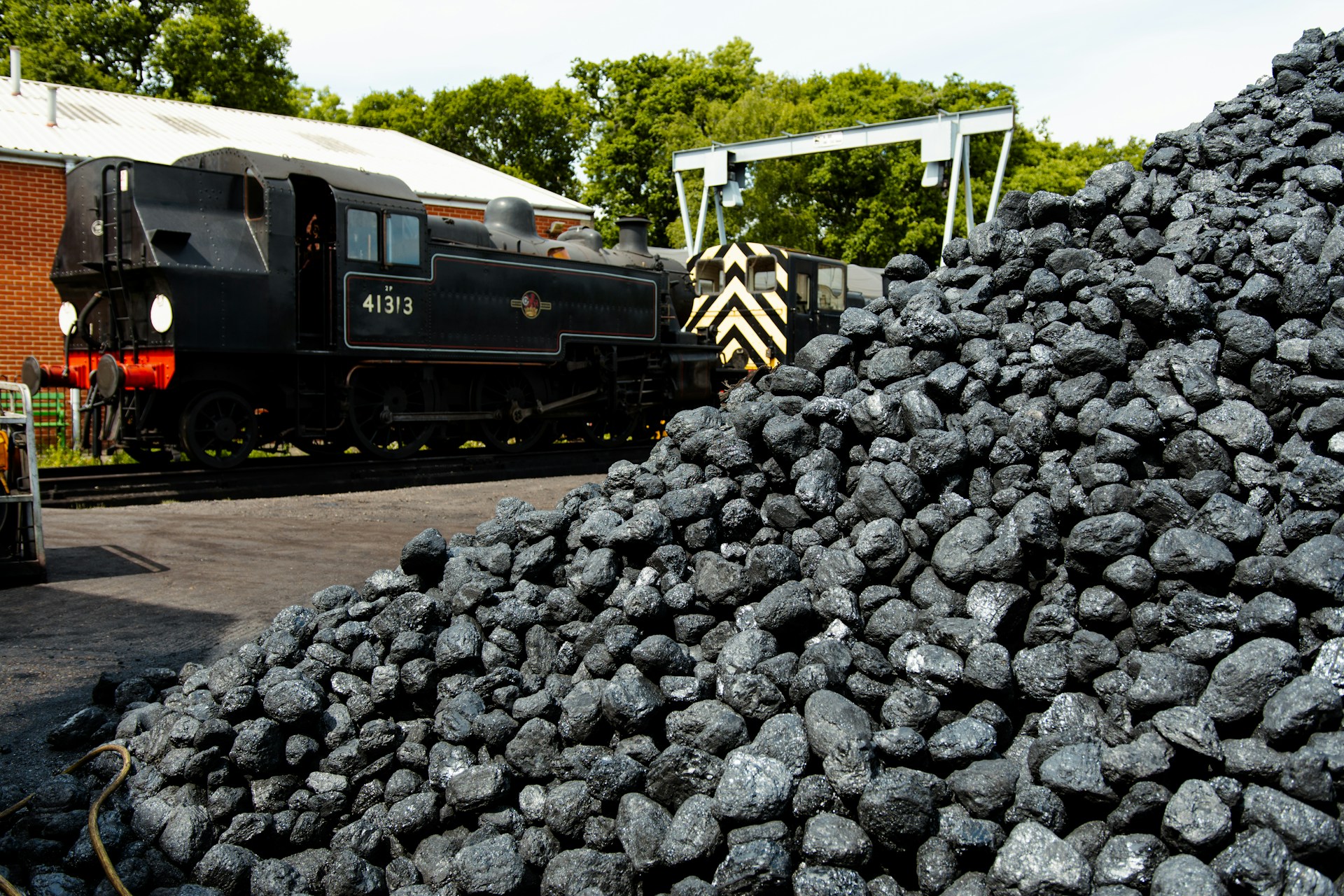Casablanca – Morocco’s watermelon sector is navigating a challenging season marked by extreme weather events and increasing competition on the European market. Despite these obstacles, export volumes have continued to rise, supported by improvements in production quality and regional diversification.
The current campaign has been shaped by contrasting conditions across the country. After an early end to the harvest in Zagora due to a hailstorm at the onset of the flowering phase, other regions stepped in to maintain supply continuity. Taroudant, in central Morocco, completed its harvesting phase soon after, while operations have since shifted northward to Kariat Ba Mhamed in the Fès-Meknès region. This geographical staggering has allowed producers to manage risks and sustain the momentum of the export campaign.
In Kariat Ba Mhamed alone, around 8.5 million watermelon plants have been cultivated across 2,500 hectares. However, a severe heatwave recently hit the region, with temperatures reaching up to 45°C. This significantly affected the share of fruits meeting export standards, dropping the exportable yield from an expected 80% to just 50%. Despite the reduction, the overall volume remains substantial, contributing to the sector’s resilience.
Meanwhile, Berkane, a key production and export hub in the eastern part of the country, is reporting positive results. Packing stations in the region have recorded a 17% increase in watermelon exports compared to the same point last season — and the campaign has yet to reach its peak. The coming weeks are expected to bring high volumes and improved quality from both Berkane and Larache, the latter located in the north, where conditions have remained favorable. Early assessments suggest that up to 80% of the fruit from these regions will be fit for export.
A notable development this season has been the containment of the Moroccan watermelon mosaic virus (MWMV), which has long threatened the country’s watermelon crops. The decline in viral spread is largely attributed to a shift in plant sourcing practices, particularly in early-growing regions such as Taroudant. In areas where growers opted for higher-quality seed stock, the virus was significantly reduced. Conversely, some late-season producers who maintained older, more vulnerable plant varieties did experience outbreaks, reinforcing the importance of seed selection in disease management.
While domestic efforts to ensure supply continuity and crop quality have yielded results, Moroccan watermelon exporters are facing intensified pressure from European competitors. Greece and Italy, two major producers, have entered the market with large volumes of high-quality fruit. This influx has contributed to a decline in average selling prices for Moroccan watermelons, from $0.95 to $0.80 per kilogram. Despite the price drop, exporters remain confident that Morocco’s output will remain competitive in terms of both quality and availability.
The European market remains a key destination for Moroccan watermelons. To meet the specific expectations of different regional markets, three distinct commercial brands have been developed. “FazoFresh” targets Germany and the Scandinavian countries, “Fraîcheur de Berkane” is geared toward French consumers, and “Ayla” serves Eastern European markets, particularly Poland. These brands are primarily supplied to large supermarket chains, reflecting the sector’s strategic alignment with organized retail demand.
Looking ahead, weather conditions in the remaining production zones will be critical in determining the final outcome of the season. With harvests ramping up in key areas and market demand holding steady, Moroccan exporters are cautiously optimistic. The sector continues to demonstrate adaptability, balancing climatic unpredictability and shifting market dynamics while maintaining export momentum.
Although the 2025 campaign has not been without setbacks, Morocco’s watermelon sector is showing signs of maturing resilience. Investments in seed quality, production planning, and branding strategies appear to be paying off, helping to offset the negative impacts of climate variability and external competition. As the season progresses, the focus will remain on maximizing output from the remaining regions while safeguarding product quality and meeting international standards.
